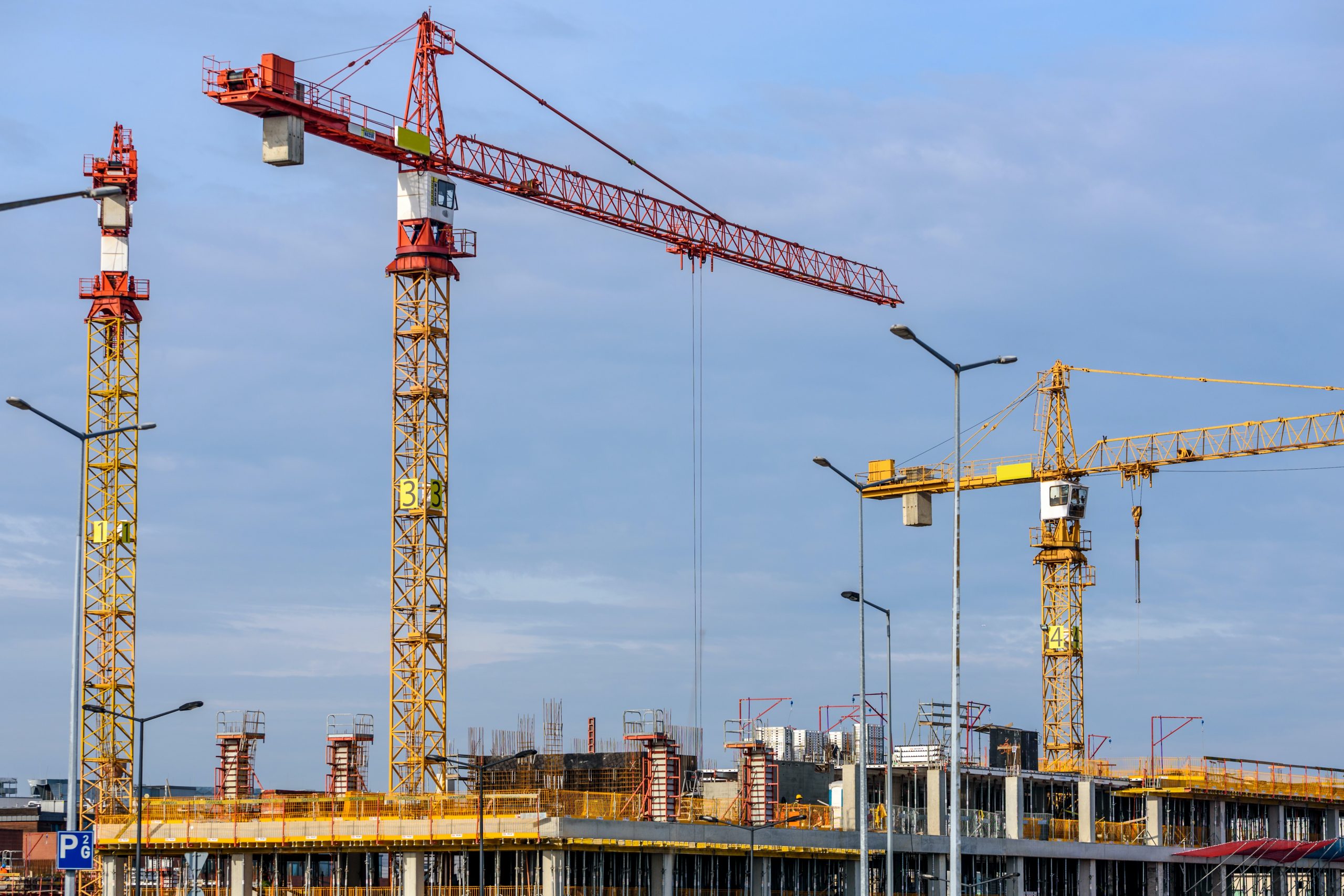
01 Dec Trends Driving The Architecture, Engineering And Construction Industry
1. Digital Twins
A digital twin is a digital representation of a physical asset, process or system, as well as the engineering information that allows us to understand and model its performance. Digital twins can include 3D models, digital rendering and even animation or simulation of road traffic, pedestrian patterns and water flow.
2. Artificial Intelligence
Artificial intelligence (AI) is being used in engineering software for generative design, material selection and robotic process automation (RPA). Generative design is an iterative design process in which an engineer or designer enters certain constraints, such as size, wind resistance or strength, and asks the computer to create some options. AI is also being applied to materials selection and code compliance, even traffic and pedestrian flows. Additionally, RPA software enables bots to automate administrative tasks, such as verifying change orders or managing bills of materials.
For most applications, AI is already being built into the software, but AEC leaders will need to be sure they have people who can train and maintain the underlying models, so it is important to understand how specifically AI is being applied.
3. Sustainability
Most people are worried about climate change and are actively trying to manage our carbon footprint. Many of us are also turning to alternative fuels, such as solar and wind energy.
The engineering industry is mirroring the concern by creating new materials and finding environmentally friendly ways to do things. There are, for instance, green rooftops and green alleys, which are paved with permeable concrete made from recycled materials that allow stormwater to soak into the ground. Other new materials are also of interest for sustainability, such as biometric concrete, or bioconcrete — concrete with bacteria mixed into it. The bacteria is activated by water and produces calcite, a component of limestone, that completely fills the crack and acts as a self-healing concrete. Imagine: no more potholes and sidewalk maintenance and bridges that last a lot longer. Engineers are also experimenting with sidewalks that generate power based on the pressure of foot traffic and much more.
AEC leaders would be wise to keep track of these emerging technologies and their development, perhaps assigning your CTO or head of design to follow “emerging technologies and materials.”
4. Resilient Systems
Along with a focus on sustainability, climate change has also driven a requirement for resilient or redundant systems. Climate change makes severe weather events much more likely, which increases the risk of flooding and wind damage. We have — particularly during the past year — seen breakdowns in supply chains. People now understand that they need a backup plan: systems that can fail over to alternate power and systems that will still work in the event of a major weather event.
Going forward, AEC firms should design for resilience and then highlight its importance when talking with their clients. Everyone appreciates a backup plan.
5. Big Data
Most applications use very little information to run a plant, a building or any sort of operation. However, the use of Internet of Things (IoT) sensors is producing massive amounts of data. Coupled with the growth of 5G networks, collecting data from the sensors has become much easier. Owners of infrastructure and government municipalities will soon be able collect information from assets in near-real time, compare them with digital twins and flag when things are off. For instance, sensors can let a wastewater treatment plant operator know when flow is suboptimal or let a municipality know when a bridge is nearing or at capacity or when the concrete is failing.
With this in mind, it behooves all AEC firms to build or expand data offices and bring those data offices closer to the designers and clients so all that data is used effectively.
6. The Changing Nature Of Engineering
Not all that long ago, engineers had full responsibility for the projects on which they worked. However, as projects and systems become more complicated, engineers have had to work on multidisciplinary teams where members are geographically dispersed and in different time zones. Therefore, they have to be familiar with collaboration tools, working in a virtual environment, and reviewing design and construction remotely. Most engineers have adapted by necessity to this new way of working, but offering remote working tips and tricks regularly — as well as scheduling more frequent design reviews — can help your team adapt to the changing landscape.
Engineering organizations and owner-operators who have been at the forefront in adopting these technologies are seeing improved results while lowering costs, increasing safety and increasing their return on investment.
Contact Information:



